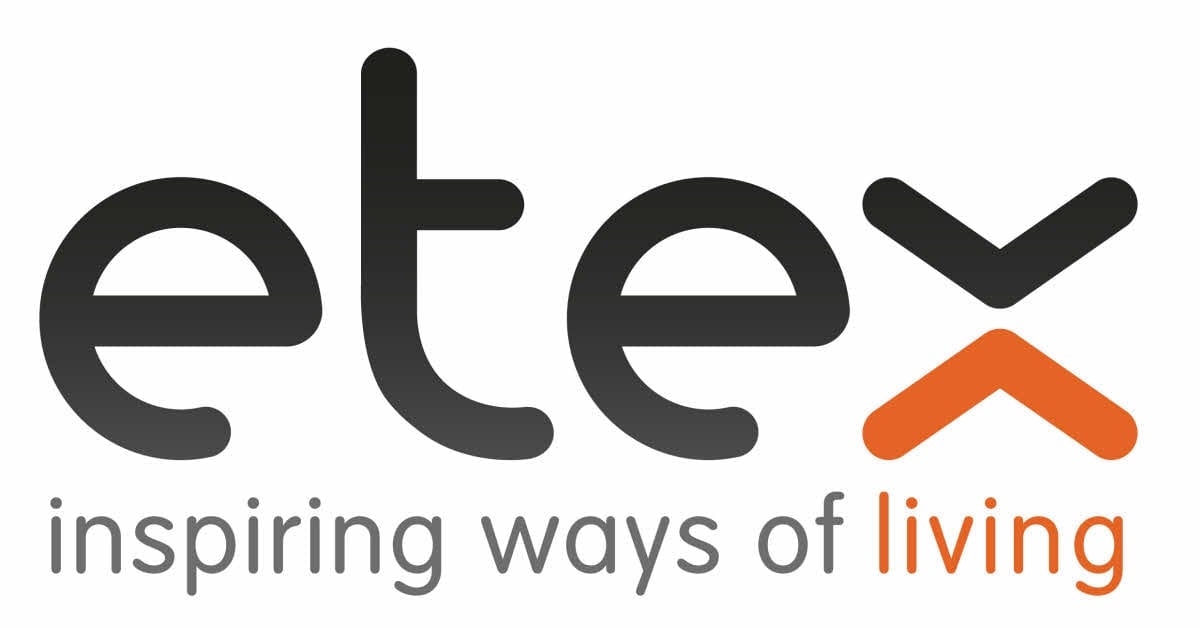Approach
To address this challenge, a broad team of people from the different business units came together to map the value chain, focusing on constraints, degrees of flexibility, and time horizons for Supply Chain decisions. The team then developed a common vision of the global value chain model based on these individual mappings. It discovered that the value chains were very similar even if production processes and technologies differed.
Using the shared vision of the value chain model, the team listed the most important planning decisions and grouped them per domain and per time horizon. This allowed them to draw a high-level process design for Integrated Planning, grouping similar decisions into one process and defining interfaces between them. For the future Integrated Business Planning (IBP) process, the team detailed the activities, responsibilities, and timing based on a standard IBP template.
Similarly, the team defined a detailed future Sales & Operations Execution (S&OE) process and the interactions between S&OE and production scheduling, material planning, and order fulfillment.
To test the validity of the target processes, the team worked with people from several representative sites (reference factories) and conducted a gap analysis leading to the final validation of the target.
Result
At the end of the project, Etex had reached a shared vision of harmonised planning processes. A broad team of supply chain team members agreed that the new way of planning would fit the needs of their business units and were a solid base to select new common planning tools. The process descriptions served as a starting point for the selection process.






